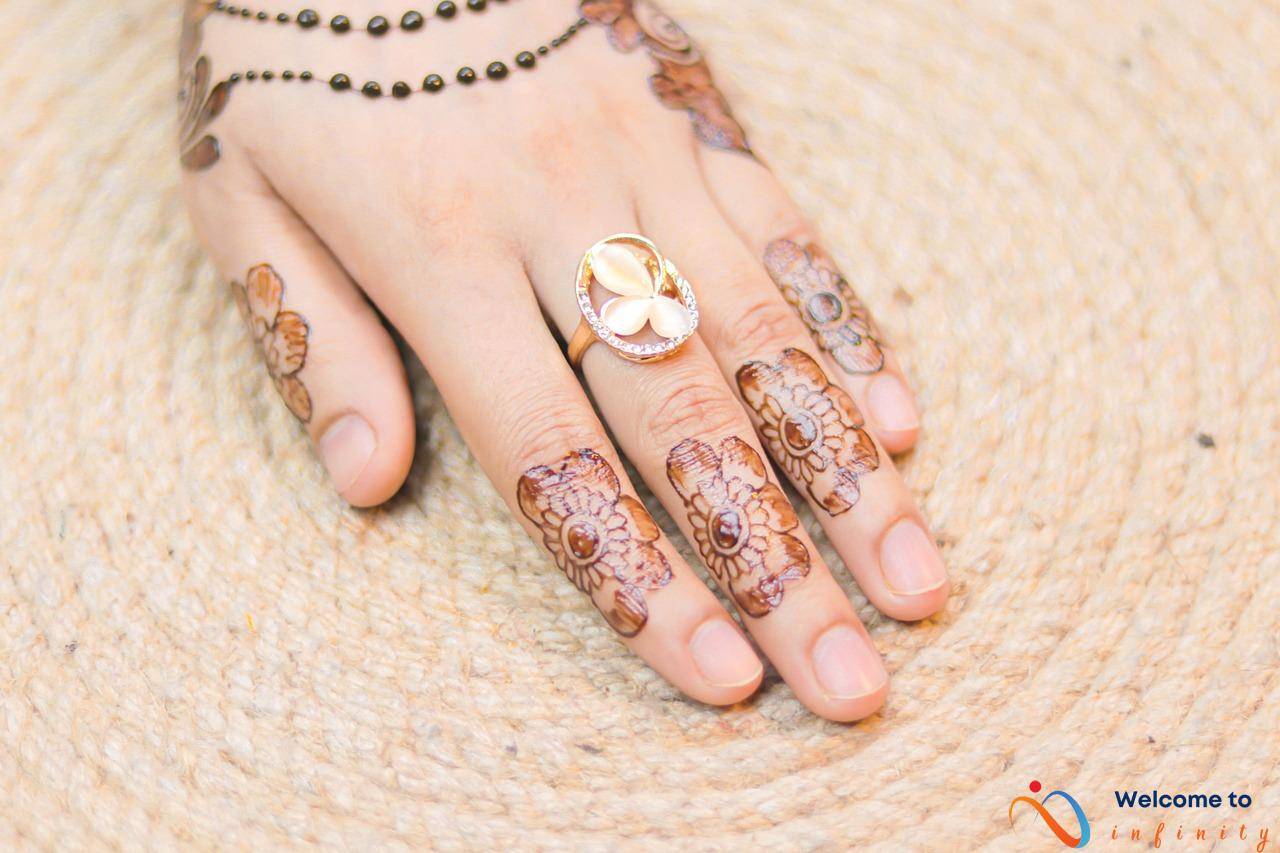Surrealistic tattoos are a unique way for artists to create a dreamlike world on the skin of their clients. These tattoos are a beautiful representation of the inner workings of our minds and the infinite possibilities of the world around us. Surrealist art has always been popular, and it has found its way onto the skin of people who want to wear their dreams as a permanent reminder of their aspirations and inspirations. In this article, we explore the meaning behind surrealistic tattoos, as well as the techniques used by artists to create these mesmerizing designs.
The concept of surrealism is about embracing the irrational, the abstract, and the subconscious. Surrealism encourages us to break free from the traditional constraints of the world around us. This movement has influenced and inspired tattoo artists to incorporate surreal elements into their designs. Incorporating a surrealistic style into tattooing means creating something that is not always grounded in reality, but rather comes from a world of dreams and the imagination.
Creating a surrealistic tattoo requires immense skill, artistry, and creativity. Tattoo artists use various techniques such as sketching, shading, and color to bring their surrealistic designs to life. These techniques are used to create the illusion of depth and dimension, making the tattoos appear as if they are part of the client's body. It is a technique that requires attention to detail and precision, as the smallest mistake can ruin the overall effect.
Surrealistic tattoos often incorporate dreamlike elements such as strange creatures, morphing objects, and abstract backgrounds. These elements add to the otherworldly quality of the tattoo and give an impression that the design is beyond the conventional. These designs have intense visual appeal, and when techniques like shading and color are applied, they further bring out the wonderful and mesmerizing character of the tattoo.
The Concept of Surrealism
Surrealism is an art movement that emerged in the early 1920s, characterized by its dreamlike and fantastical imagery. It was heavily influenced by Sigmund Freud's theories of the unconscious mind and the psychoanalytic method, which sought to unearth repressed desires and emotions. Surrealism aimed to explore the irrational and the subconscious, rejecting traditional artistic techniques in favor of automatism and chance.
Surrealism had a profound impact on the world of tattoo art. Tattoo artists began to incorporate surrealistic elements into their designs, experimenting with bizarre imagery and distorted perspectives. They drew inspiration from artists such as Salvador Dali and Max Ernst, who were pioneers of the surrealist movement.
Today, surrealistic tattoos are a popular choice for those looking to express their individuality and creativity. These designs often feature abstract and dreamlike elements, such as floating objects, anthropomorphic creatures, and distorted landscapes. They can be created in a range of styles, from black and grey to vibrant and colorful.
Incorporating surrealistic elements into a tattoo requires a certain degree of artistic skill and imagination. It involves creating a design that is both aesthetically pleasing and meaningful, often incorporating symbolism and metaphor. The end result is a design that is deeply personal and speaks to the wearer's innermost thoughts and emotions.
Techniques for Creating Surrealistic Tattoos
Surrealistic tattoos are not limited to just black inked designs. Instead, these tattoos often involve a range of techniques and materials that aim to create a dreamlike, otherworldly feel.
One popular technique used by artists is sketching. Before a design is transferred onto the skin, artists will often sketch out their ideas to get a better sense of how the overall composition will look. With surrealistic tattoos, this process can be especially important since it allows artists to imagine and experiment with fantastical elements that might not otherwise be possible.
Another technique commonly used by artists is shading. This technique involves the use of light and dark tones to create texture, depth, and contrast within a tattoo design. The use of shading can help to make surrealistic elements, such as clouds or creatures, seem more lifelike and three-dimensional.
Color is also an important tool used by artists when creating surrealistic tattoos. While there are many ways to incorporate color into a design, one popular method involves the use of vibrant hues and bold contrasts. By using bright colors and unusual blends, artists can create otherworldly landscapes and creatures that feel like they've stepped right out of a dream.
In addition to these techniques, artists may also employ a range of other materials and tools, including stencils, transfer paper, and specialized tattoo inks. By experimenting with different techniques and tools, artists are able to push boundaries and create innovative, awe-inspiring designs that capture the surreal and surrealism movements' many unique elements.
Incorporating Dreamlike Elements
Surrealistic tattoos are all about imitating the dream world which seems impossible or unreal. To achieve this, skilled artists infuse their designs with dreamlike elements, making them stand apart from traditional tattoos. These elements can include strange creatures, morphing objects, and abstract backgrounds, each carefully designed to reflect the surreal world of dreams.
The incorporation of dreamlike elements presents a unique challenge for artists. They must find the balance between creating an aesthetically pleasing design while also evoking a feeling of otherworldliness. Using bold colors and intricate shading techniques, the artists create fantasy creatures that seem to seamlessly blend into the skin.
Morphing objects are another popular feature of surrealistic tattoos. An artist can take an everyday object and creatively transform it into something else entirely. This morphing process often involves exaggerating certain aspects of the object's form. For example, a small frog may be transformed into a giant monster frog with multiple eyes and teeth.
Abstract backgrounds are also commonly used to evoke a dreamlike atmosphere within the design. These backgrounds often feature elements that appear to be floating or suspended in air, giving the impression of a world that defies gravity and reality.
Overall, the combination of strange creatures, morphing objects, and abstract backgrounds is what sets surrealistic tattoos apart from other tattoo styles. They provide a unique and visually stunning representation of the dream world, that, while most of us can only visit when we are asleep, can now be brought to life as a work of art on our skin.
The Use of Symbolism
Symbolism plays a crucial role in creating surrealistic tattoos, as it adds to the overall meaning of the design. Surrealistic tattoo artists often use symbols and imagery to convey powerful messages through their work.
The use of symbolism in surrealistic tattoos is highly individualized and can be interpreted in many ways. Some artists use symbolic objects, such as a snake or an hourglass, to represent specific spiritual or philosophical concepts. Others use abstract imagery, such as geometric shapes or dreamlike landscapes, to represent emotions and feelings that are difficult to articulate verbally.
Regardless of the approach, the use of symbolism in surrealistic tattoos often adds an additional layer of depth and complexity. By incorporating symbolic elements into their designs, artists can convey abstract concepts and emotions in a way that resonates with their clients.
To fully appreciate the symbolism in a surrealistic tattoo, it is important to understand the context in which it was created. The background and personal experiences of the artist, as well as the specific cultural or historical context in which the design was made, can all play a role in shaping its meaning.
If you're considering getting a surrealistic tattoo, take some time to research the symbolism and imagery that are commonly associated with the style. By selecting design elements that hold personal significance and meaning, you can create a tattoo that is truly unique and reflective of your own experiences and beliefs.
Famous Surrealistic Tattoos
If you're looking for some inspiration for your next tattoo, look no further than these famous examples of surrealistic tattoos. Over the years, surrealism has become increasingly popular in the world of tattoo art, as more and more artists begin to experiment with dreamlike and otherworldly designs. Here are just a few examples of some of the most famous surrealistic tattoos out there, both from contemporary and historical artists.
- Salvador Dali's melting clocks: Perhaps the most famous example of surrealism in any art form, Dali's melting clocks have inspired countless tattoo designs over the years.
- Max Ernst's birdcage: Another iconic image of surrealism, Ernst's birdcage has been interpreted in countless different ways by tattoo artists.
- HR Giger's biomechanical designs: Giger's eerie, biomechanical creations have long been a favorite of tattoo enthusiasts seeking something truly otherworldly.
- Andre Breton's automatic writing: Breton, the founder of the surrealist movement, was also known for his “automatic writing” exercises, which produced some of the movement's most bizarre and enigmatic imagery.
- Yves Tanguy's floating objects: Tanguy's paintings of floating, surrealistic landscapes have been a favorite inspiration for surrealistic tattoo artists in recent years.
Of course, these are just a few examples of the many famous surrealistic tattoos out there. If you're looking for more inspiration, be sure to check out the work of contemporary tattoo artists like Paul Booth, Guy Aitchison, and Victor Portugal, all of whom are known for their incredible surrealistic designs.
Artist Spotlights
If you want to learn about the most talented surrealistic tattoo artists in the industry, take a look at the following list. Each artist brings something unique to the table, with their own individual style and approach to making dreamlike designs a reality.
| Artist | Style/Process |
|---|---|
| Xoil | Xoil is known for his unique approach to tattooing, which involves layering abstract shapes and textures to create surrealistic designs that bend the mind. |
| Dmitry Vision | Dmitry Vision's style combines realism and fantasy, resulting in intricate designs featuring otherworldly creatures and landscapes. |
| David Cote | David Cote's style is heavily influenced by Salvador Dali and features surrealistic objects, animals, and figures set against dramatic backgrounds. |
Other notable surrealistic tattoo artists include Chaim Machlev, Peter Aurisch, and Sasha Unisex. Follow them on social media to keep up with their latest works and explore their unique styles.
Caring for Your Surrealistic Tattoo
Getting a surrealistic tattoo can be an exciting experience, but it's important to remember that proper aftercare and maintenance is crucial for ensuring that your tattoo looks its best for years to come. Here are some tips for taking care of your surrealistic tattoo:
- Keep the tattoo clean and dry for the first few days after getting it. Avoid soaking it in water, and be careful when showering.
- Avoid exposing the tattoo to direct sunlight or extreme heat for at least a few weeks after getting it. This can cause the colors to fade or the skin to peel.
- Moisturize the tattoo regularly with a fragrance-free lotion. This will help prevent dryness and keep the colors looking vibrant.
- Avoid picking at or scratching the tattoo, as this can cause scarring or damage to the design.
- Be careful when wearing tight or restrictive clothing, especially in the area where the tattoo is located. This can cause friction and irritation, which can lead to infection or damage to the tattoo.
- If you notice any signs of infection, such as swelling or redness around the tattoo, or if the tattoo begins to peel or fade excessively, seek medical attention immediately.
By following these tips, you can help ensure that your surrealistic tattoo looks its best and stays healthy for years to come.










